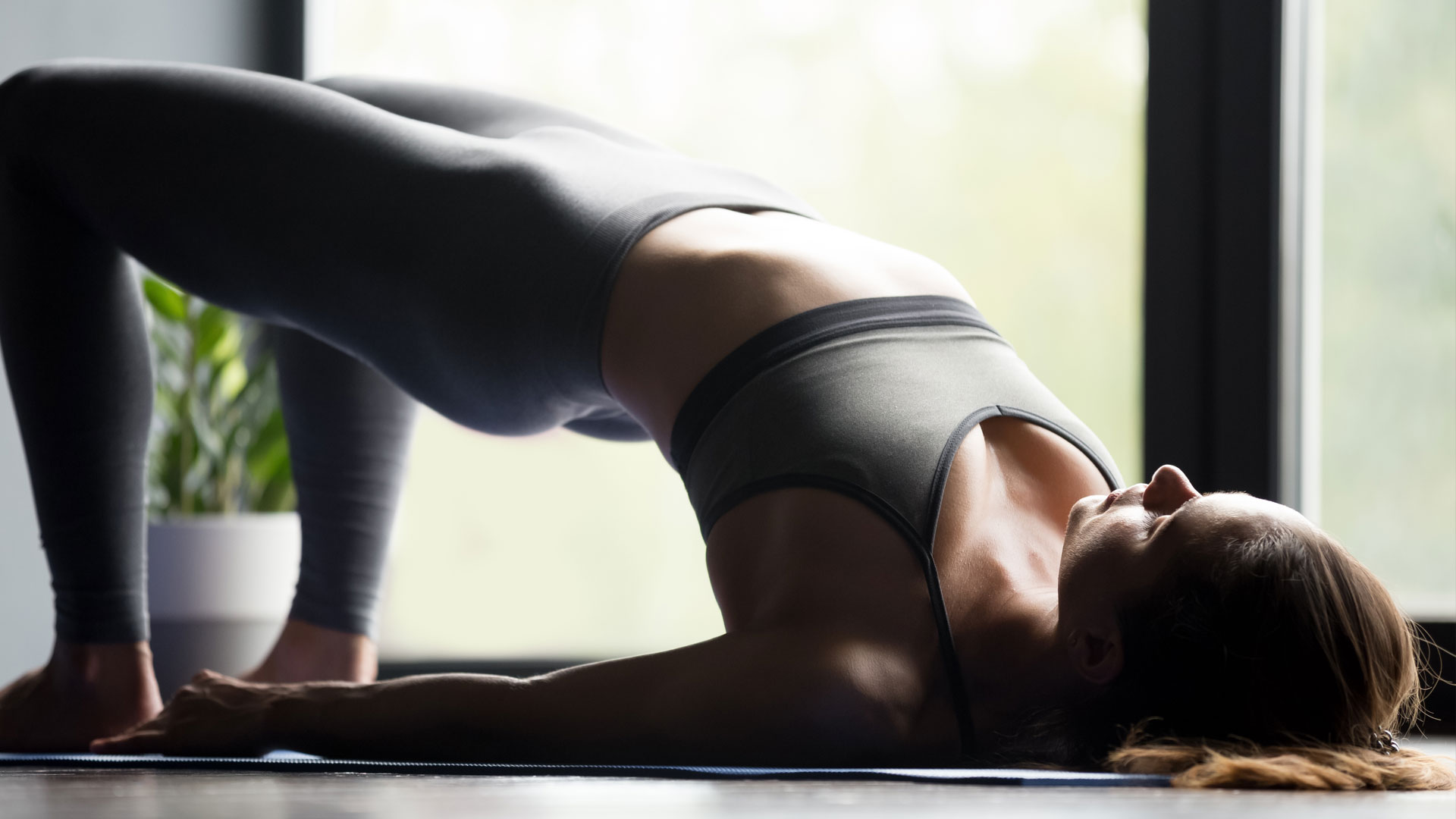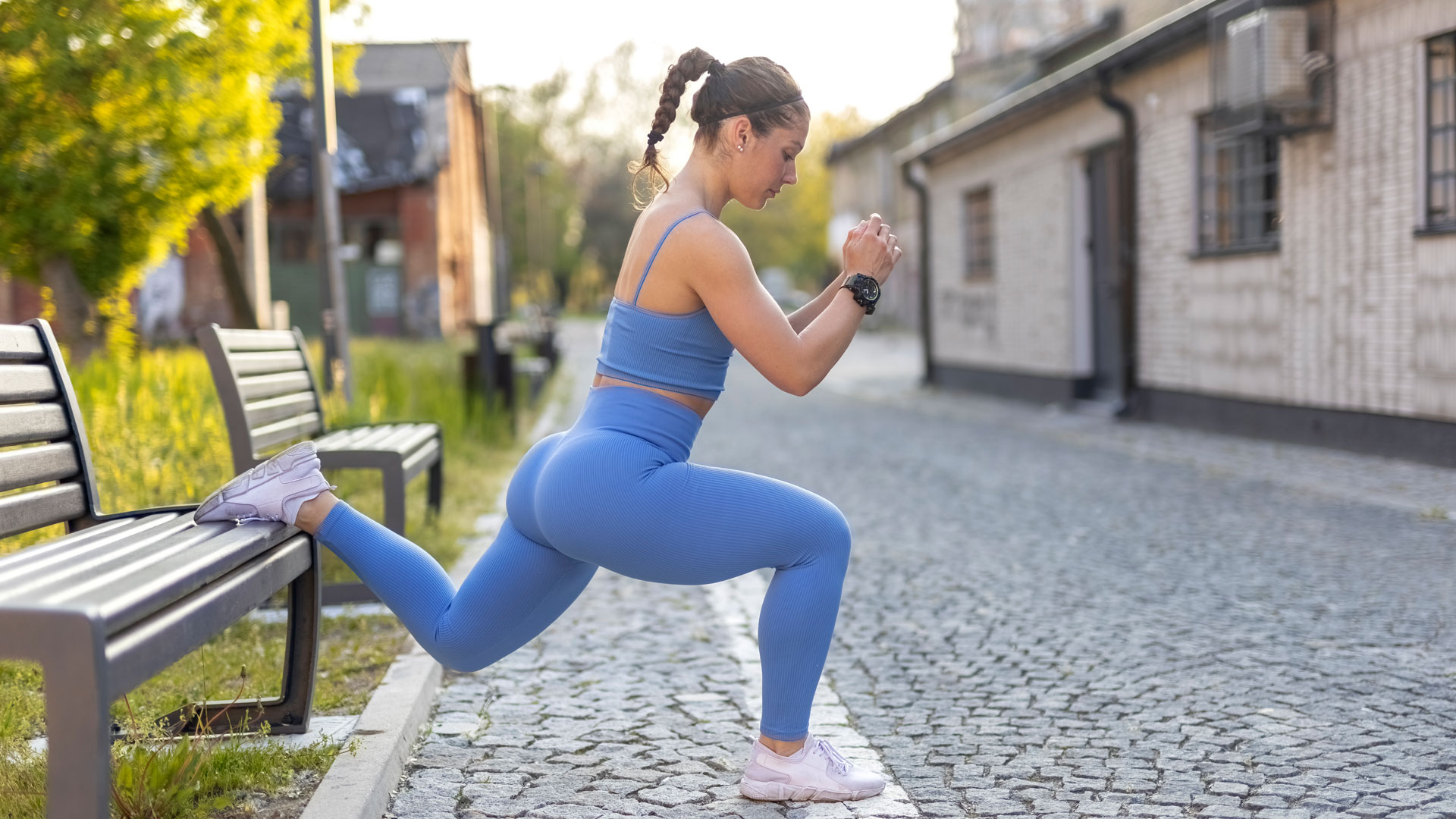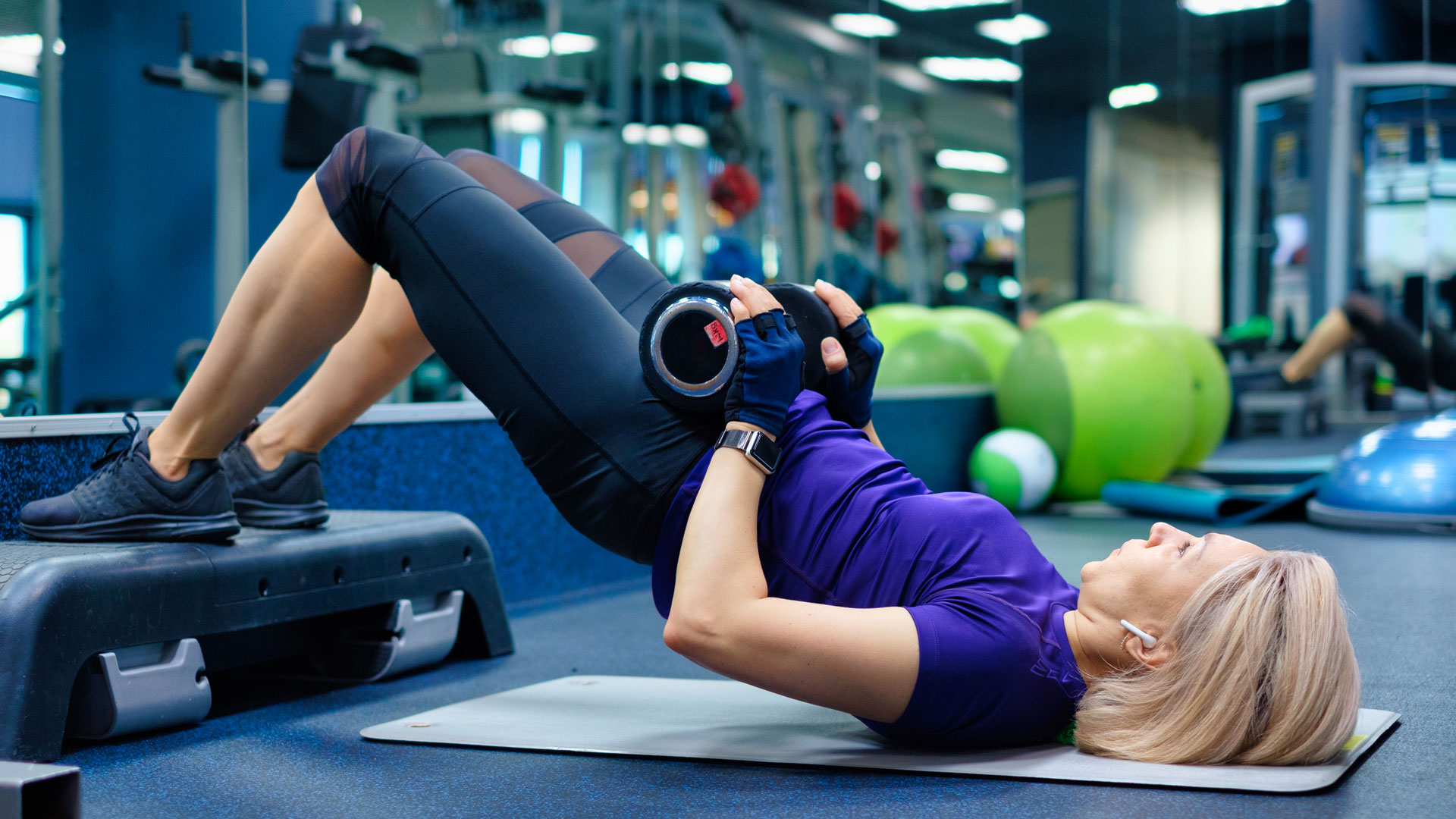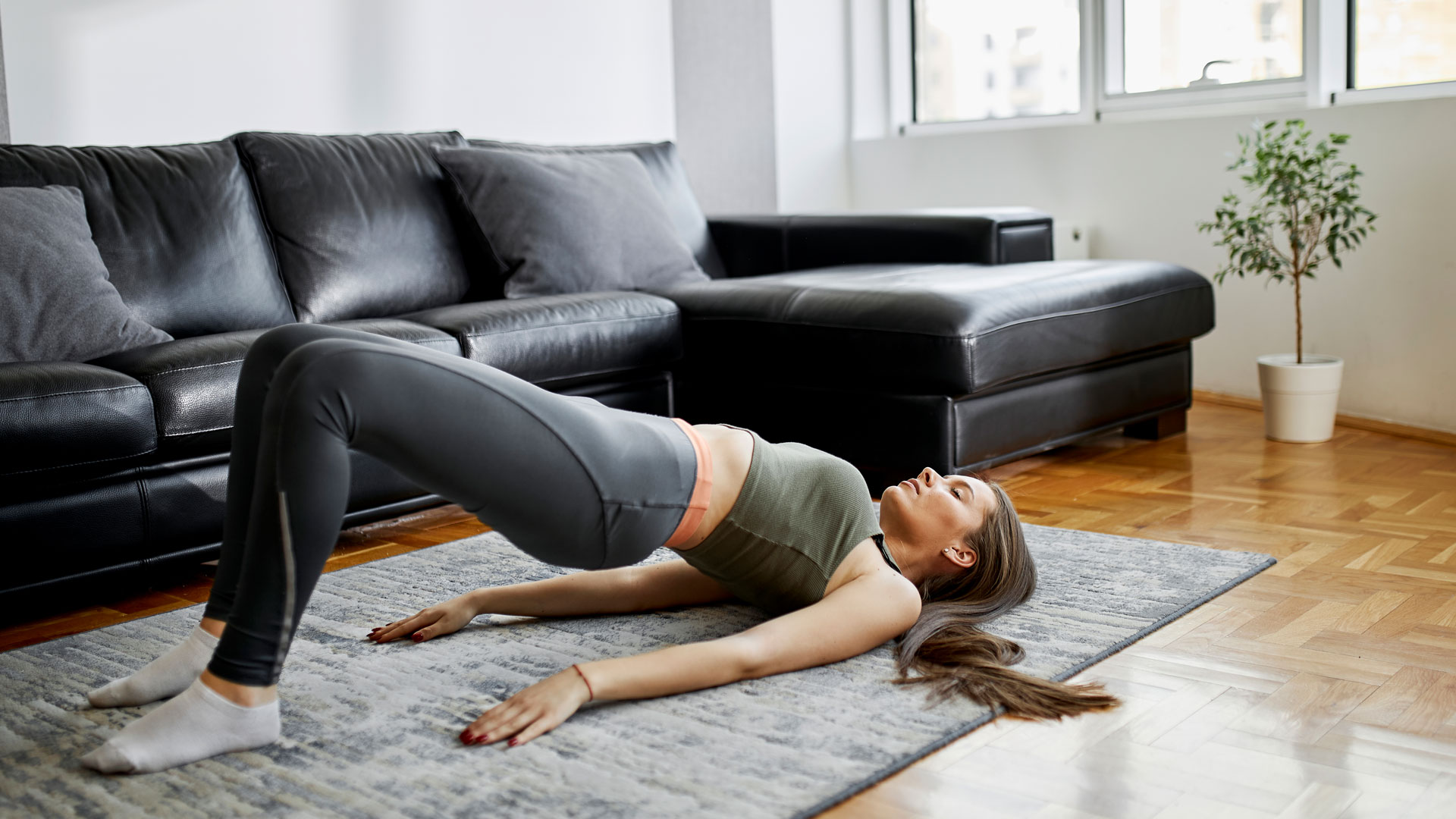Gym exercises for glutes: 5 moves to build lower body muscle
These gym exercises for glutes are great for a lower body session


Want to build lower body strength? These gym exercises for glutes are just what you need. The glutes are the largest muscle group in the body and actually consist of three separate muscles — the gluteus maximus, gluteus medius, and gluteus minimus. You might be looking for gym exercises for glutes to build bigger glutes, and we spoke to an expert to find out the best moves.
Not only do your glute muscles help you walk, sit, run, and jump, but they’re also famous for their curvy appearance. Like most other body parts glutes can vary in their shape and tone. And if your glutes aren’t as big as you’d like, there are ways to help boost the size of these muscles, perhaps when used in conjunction with the best adjustable dumbbells.
Read on to discover how to build bigger glutes and what exercises you should be focussing on to boost your booty.
How to build bigger glutes
Chris Lowden has been a personal trainer and Crossfit Coach for eight years, training a large number of clients in the gym from sports-specific athletes to over older clients looking to keep fit and stay strong.
He says that when it comes to growing your glutes, balance is key. “The important part of training is always ensuring your muscles and body are in balance so the process of bigger glutes is something that should be done for a reason, not a look. Having a muscle group a lot larger and stronger than others will run the long-term risk of them affecting how other muscle groups work and losing the body's natural balance.”
“When training any muscle group the best method is to start with a compound movement that may not solely use the glutes but will recruit them in addition to others. These bigger compound movements tend to be more specific to real life, a deadlift is simply picking something off the ground, a squat is sitting up off a seat or a press is lifting something above our head.”
5 gym exercises for glutes
Lowden says “These exercises are a basic guide and a good starting point when thinking about training and muscle growth and the stimulus you want to create.”
Start your week with achievable workout ideas, health tips and wellbeing advice in your inbox.
Romanian deadlift

- Stand tall with your feet roughly hip-distance apart. Hold a barbell in both hands directly in front of your thighs with your hands shoulder-distance apart (slightly wider than your thighs).
- Start with a very slight bend in your knees. Roll your shoulders back, drawing your shoulder blades toward your spine to engage your upper back. Your shoulders should remain pulled back like this throughout the exercise.
- Inhale and press your hips back. Continue pressing them back (like your hips are hinging), as your torso naturally begins to lean forward toward the floor.
- Keep the barbell close to your thighs as you hinge forward from the hips.
- Stop hinging at your hips when you feel a stretch through your hamstrings. The barbell does not have to reach the floor—in fact, it's perfectly fine if you stop the movement when the barbell reaches roughly knee-height.
- Exhale and use your hamstrings and glutes to "pull" your torso back to standing as you actively press your hips forward.
Bulgarian split squat

All you need is a bench or a sturdy chair. As you become comfortable with the exercise, you may want to add weights for increased resistance.
- Stand roughly two feet in front of a sturdy bench or chair, your feet hip-distance apart, your core engaged, your shoulders back, and your chest and eyes pointing straight ahead.
- Pick up your right foot and place it on the bench behind you.
- Check to make sure your feet are still roughly hip-distance apart, if not slightly wider.
- Engage your core with your chest high and eyes looking straight ahead, and bend your left knee, allowing your right knee and ankle to naturally bend as you move through the downward phase of the exercise without taking on the load with your back leg.
- Hinge slightly forward at the hips, making sure your left knee remains aligned with your left toes.
- Inhale through this downward phase, lowering down until your left quadricep is roughly parallel to the ground.
- Press back to standing by pushing through your left foot and using your left quad and glute to power the upward phase of the exercise. Exhale as you press to standing.
- Step your right foot off the bench or chair after completing a full set. Make sure you keep things even by performing the same number of repetitions and sets to each side.
Hip thrusts

- Begin in a bridge position with your head resting on an an exercise ball and your butt lifted. If you want, place weights on your thighs for added intensity.
- Lower your hips to the ground. Try not to let the ball roll around.
- Squeeze your glutes to lift back to your starting position.
- Repeat for 1 to 3 sets of 8 to 16 reps. Try lifting your toes for a more intense move.
Lunges

- Stand with your feet staggered, one foot forward and one foot back (about 3 feet apart).
- Bend both knees and lunge straight down, sending your back knee toward the floor.
- Try not to lunge forward over your front toes. Keep your front heel on the ground.
- Press into your heel to stand.
- Repeat for 1 to 3 sets of 12 to 16 reps. For added intensity, hold some weights.
Glute bridges

- Lay on your back with your hands by your sides, your knees bent, and feet flat on the floor. Make sure your feet are under your knees.
- Tighten your abdominal and buttock muscles.
- Raise your hips up to create a straight line from your knees to your shoulders.
- Squeeze your core and try to pull your belly button back toward your spine. The goal is to maintain a straight line from your shoulders to your knees and hold for 20 to 30 seconds.
Catherine is a freelance journalist writing across titles such as Verywell Health, Healthline, The Daily Telegraph, Refinery29, Elle, and Vogue. She specializes in content covering health, fitness, wellness, and culture.
A once reluctant runner, Catherine has competed in 30 running events in the past five years and looks forward to one day running the London Marathon.
